By Craig F Nelson, MS, DC
The Paleo Question: PART I
The Paleo diet (short for Paleolithic) is the official diet of CrossFit. This is true both from the perspective of the corporate CrossFit organization and from the perspective of the individual gyms and membership. To varying degrees it infuses all thinking on health and nutrition. When talking to a CrossFitter it is usually safe to assume that he or she hews to some variation of a Paleo diet.
What is the Paleo Diet?
There is no definitive definition of the Paleo diet. A paper published in the New England Journal of Medicine in 1985—Paleolithic Nutrition: A Consideration of its Nature and Current Implications—is generally credited with igniting the current interest in the topic. This paper attempted to describe what human nutrition looked like between the period of 40,000 years ago and 10,000 years ago, a period of time that was devoid of agricultural products. The nutritional content of this diet was compared with the modern western diet and the authors suggested that there were some advantages to the paleolithic diet. They concluded;
“The diet of our remote ancestors may be a reference standard for modern human nutrition and a model for defense against certain ‘diseases of civilization.”
The diet’s current popularity can be traced to the 2002 book “The Paleo Diet” by Loren Cordain. That same year without using the term “Paleo” a very early edition of the CrossFit Journal describes a diet that very much resembles the Paleo Diet. It’s not clear if this was inspired by the Cordian book, but in any case, the concurrent meteoric rise in popularity of both CrossFit and the Paleo Diet is undoubtedly not coincidental. I suspect that the CrossFit community represents a very large share of the Paleo Diet adherents. Amazon currently lists many dozens of diet and cookbooks on the Paleo Diet.
The theoretical basis of the Paleo Diet is grounded in evolutionary biology. Proponents argue that the ideal human diet is the diet that was eaten by the species as we evolved into becoming homo sapiens. Human society during the last several hundred thousand years of evolution is commonly characterized as a “hunter/gatherer” society—they would hunt for meat from mammals, birds and fish and gather vegetables and fruit. While there is, as I say, no definitive definition of the Paleo Diet, most versions of the diet share a common set of characteristics. The food types that represent the bulk of the Paleo Diet include:
- Meat (including fish and fowl)
- Vegetables
- Fruit, seeds and nuts (excluding peanuts)
- Eggs
But the diet is really more defined by what is not permitted:
- All grains
- Beans, lentils, peanuts and other legumes
- All soy products
- Sugar
- Any processed or manufactured food product
The common element of these prohibited foods is that they are all products of agriculture or food technology. These foods are presumed not to have existed for Paleolithic humankind.
Paleo Theory
If we were koala bears this would be an easy call. Koalas evolved in an isolated geographic region and evolved to subsist on one substance—eucalyptus leaves. For the koala there is no option but to go paleo. It’s eat eucalyptus leaves or die. But we are not koalas, we are human beings and we evolved in a much different fashion than did koalas. As such there are many obvious theoretical objections to the central tenets of Paleo theory:
- During the period of interest (10,000 – 100,000 years ago) humans evolved in many different environments, climates and with many different types of food sources. The proportions of the macro-nutrients (fats, carbohydrates, proteins) and the composition of those macronutrients varied considerably over time and place. It’s impossible to define one single paleo diet.
- The defining characteristic of the human diet, both paleo and modern, is that of an omnivore. The survival advantage conferred by being able to eat a vast range of food is what has driven our evolutionary nutritional needs, not a strict adherence to any narrow dietary regimen.
- In the Paleolithic period the primary evolutionary selection question was how to survive into young adulthood and procreate. Evolutionary selection was a function of achieving this end and if a certain dietary regimen assisted in this then that was selected for. In modern life achieving that end is more-or-less automatic. We now are primarily concerned with the chronic diseases of aging—heart disease, diabetes, cancer. Very, very few Paleolithic individuals lived to such old age and would in any case have been well past their reproductive years. There is no reason to believe that the optimal live-to-30-and-have-a-few-kids diet, is the same as the optimal live-to-90-in-good-health diet.
- Evolution didn’t stop after the introduction of agriculture. The post-agriculture period (the last 10,000 years) comprises about 400 – 500 human generations. That’s actually plenty of time for real selection effects to take place. For example, we know that the ability to digest milk sugar (lactose) as an adult only developed within the last 10,000 years. We have evolved eating grains and other products of agriculture.
- The molecular composition of the meat and vegetables eaten by Paleolithic man bear no resemblance to anything you will eat today, unless you are actually hunting and foraging for your food. The proteins are different, the carbohydrates are different, the fats are different. We can’t really eat Paleo even if we want to.
But this is all nonsense. None of this is actual science. Neither the diet’s theoretical foundation, nor the limitations of that foundation will determine whether the Paleo diet is good thing or not. The only way to answer that question is through conventional scientific inquiry.
(Next installment. The Paleo Diet: PART II—What the science says about it.)

